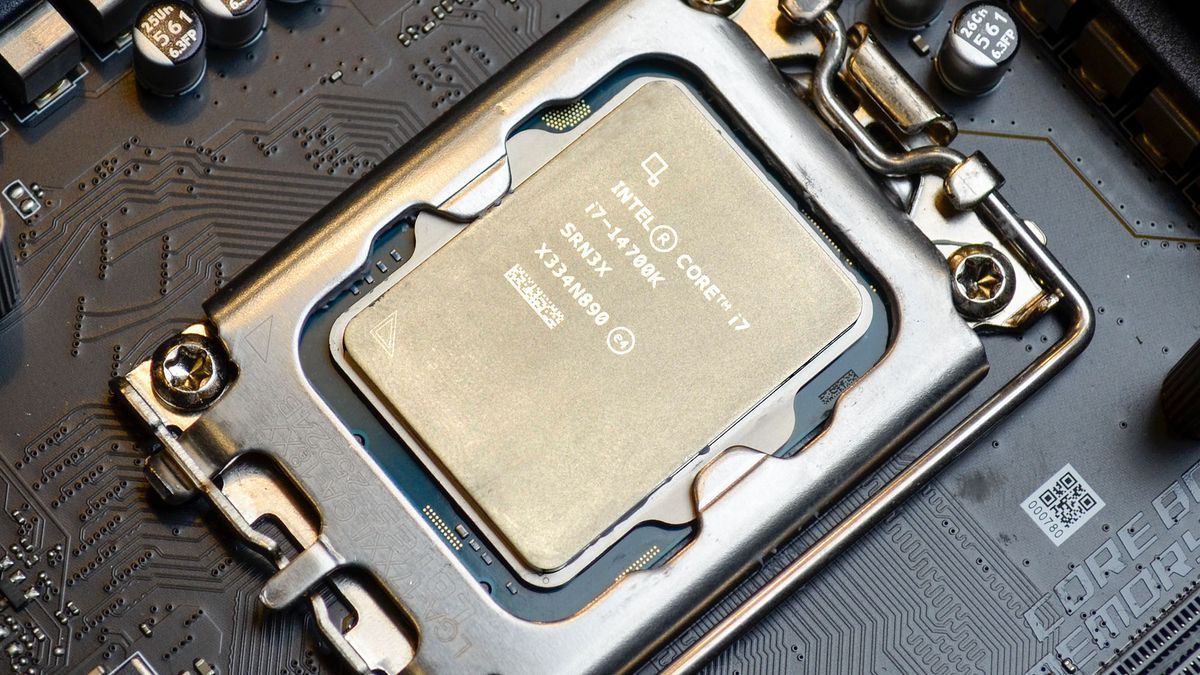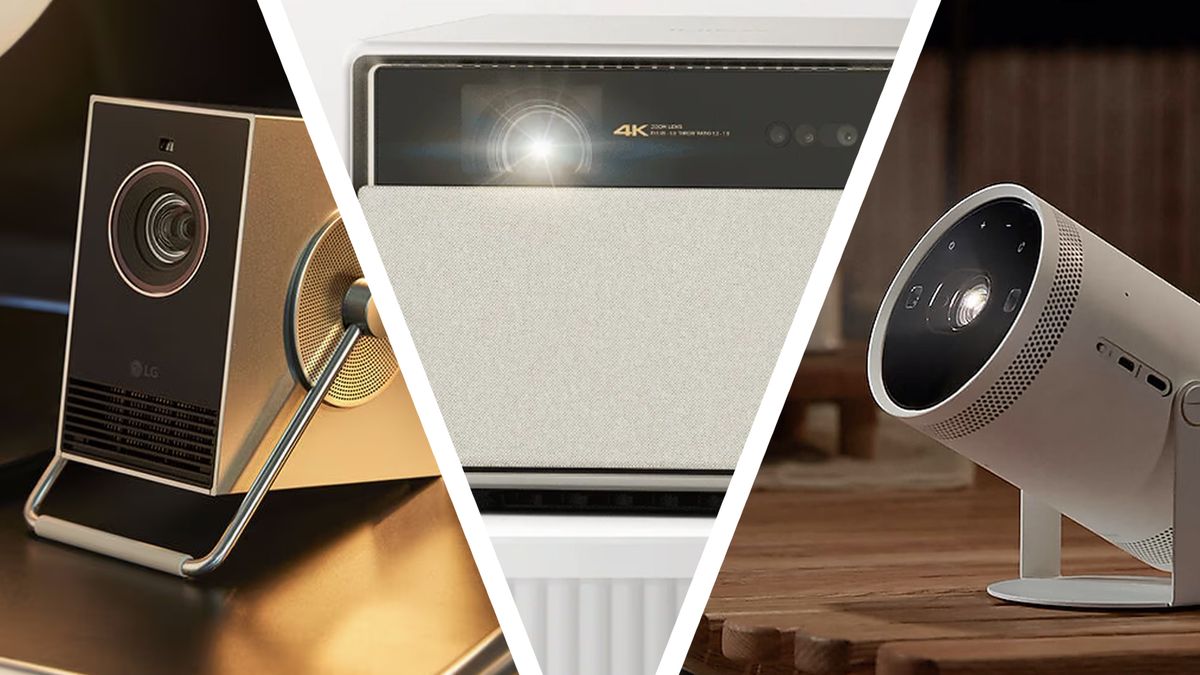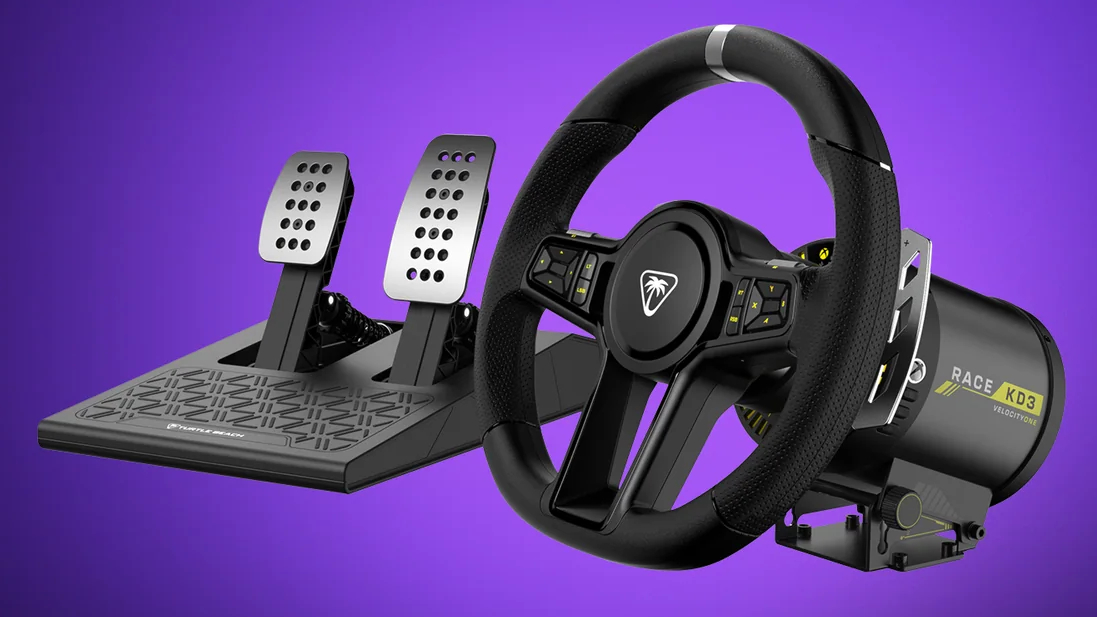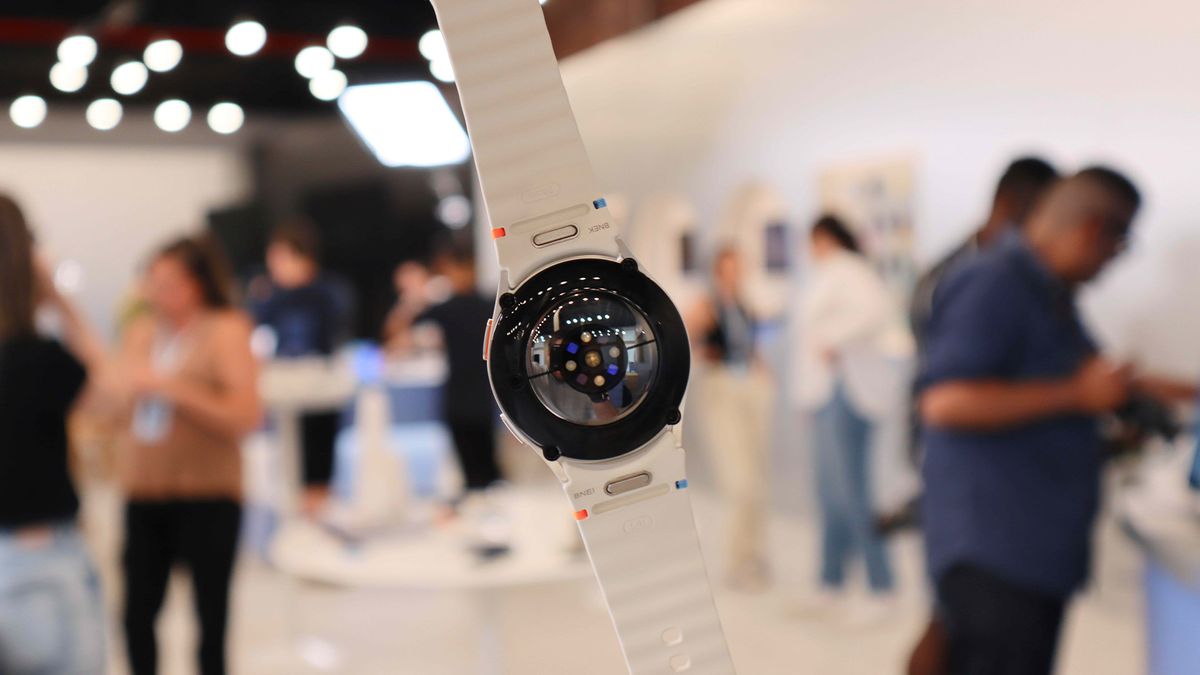We've heard more about Intel's Arrow Lake (and Lunar Lake) processors from leaker Moore's Law is Dead, and while there are plenty of positives to take from all of this, don't get carried away with the idea that Team Blue is I'm going to return home with an easy victory against AMD in the battle of next-generation CPUs.
According to a top YouTuber Intel source, Arrow Lake will increase performance by 25% to 35% over Meteor Lake, as MLID has been saying for some time now, and that's a bare minimum (so it could be turn out better). We remember a leak that suggests 40%, although it was a long time ago).
This is comparing chips with the same number of cores and, in addition, Arrow Lake will not have hyper-threading (as has been rumored for some time), so this is even more impressive in that sense.
In short, Arrow Lake will be a huge generational leap and will surpass Zen 5 in terms of raw CPU performance. (AMD's next-gen Ryzen processors are thought to have a boost on the order of 20% across generations, maybe a little less; be careful with all these rumored numbers, as always.)
Where Arrow Lake could disappoint is on the AI front, as the NPU (Neural Processing Unit) is not too far off from what we already have with Meteor Lake.
Where Intel will push AI acceleration much more significantly is with Lunar Lake, its chips aimed at premium thin and light laptops, where the NPU is expected to reach over 40 TOPS (a measure of AI performance ). In contrast, Arrow Lake is believed to reach roughly 13 TOPS.
MLID believes Arrow Lake desktop CPUs (which will succeed Raptor Lake Refresh) are still on track for a late 2024 release, again as long rumored, but the problem is that YouTuber suggests this could be a paper release.
In other words, actual production volume and a lot of stock on shelves may not occur until early 2025, which is when Arrow Lake laptop CPUs will be released to take over from Meteor Lake.
Meanwhile, Lunar Lake, laptop-only as mentioned, is due out in Q4 2024, and we're told that's now a firmer prospect.
MLID also reveals some details about the integrated graphics for both processor families, and they will use (up to) 8 Xe Cores in both cases. However, the crucial difference is that Arrow Lake will be Alchemist+ and Lunar Lake will be Battlemage.
Arrow Lake will still offer much more performance than Meteor Lake with integrated graphics, but Lunar Lake has the advantage here, of course, by theoretically using that second-generation Intel architecture. Lunar Lake will also be faster than Meteor Lake's integrated graphics, but more importantly it will also look to cut power usage in half, focusing on efficiency rather than pushing performance to the max.
However, note that there are Lunar Lake designs that unlock higher power uses for a big performance gain for the integrated graphics, but MLID seems skeptical that they will see the light of day. The focus here is mainly on power efficiency, and more robust mobile chips will come elsewhere (like Arrow Lake, or so previous speculation has suggested, although it will also have low-power chips, or so the theory).
Analysis: Intel will take the performance crown, but that's not the whole story
We will most likely see both the Arrow Lake and Lunar Lake desktop before it comes out this year, around the same time, in late 2024, in the fourth quarter. The key question for those looking for a next-gen CPU is: Will Zen 5 come out first and, obviously, how might these rival ranges compare?
More recent news has suggested that AMD's Zen 5 desktop chips could arrive in the fourth quarter (Team Red itself has also confirmed a release for this year). So, we could see all of these processor families land around the same time, in the fourth quarter. However, MLID also mentions the possible Zen 5 release date here and puts a timeframe of Q3 (in multiple areas, not just desktop CPUs).
What does this all mean? Well, while Arrow Lake could be a much bigger jump in performance (35% vs. 15-20%, so perhaps doubling AMD's gains), Zen 5 could be the first to hit the market in a couple of month. Zen 5 may also (spice) be a bit cheaper, as Arrow Lake is based on a more advanced (and expensive) process (3nm, vs. AMD's 4nm). And if Intel can't control power usage and efficiency much better than it did with Raptor Lake Refresh, Zen 5 could be a winner there too.
MLID also notes that while Arrow Lake is expected to be in pole position for raw overall performance at launch, AMD will soon have X3D twists for Zen 5 desktop processors in the case, and these will level out any advantage it has. Team Blue.
This is all in theory, of course, but the upshot is that Intel may have something special with Arrow Lake, as has been rumored forever, but AMD may not be too worried thanks to what it has as a next-gen answer to Team. Incoming CPUs from Blue.
As a final note on Lunar Lake, with Battlemage graphics providing faster frame rates than Meteor Lake, with much less power, this could be a fantastic chip for increasingly popular gaming laptops (the newly released MSI Claw uses a Meteor Lake processor, remember). Assuming Intel can get the right drivers for Battlemage, there's the problem: if finalizing the second-generation Arc GPUs takes longer than thought (another recent suggestion), this could delay Lunar Lake until 2025.









